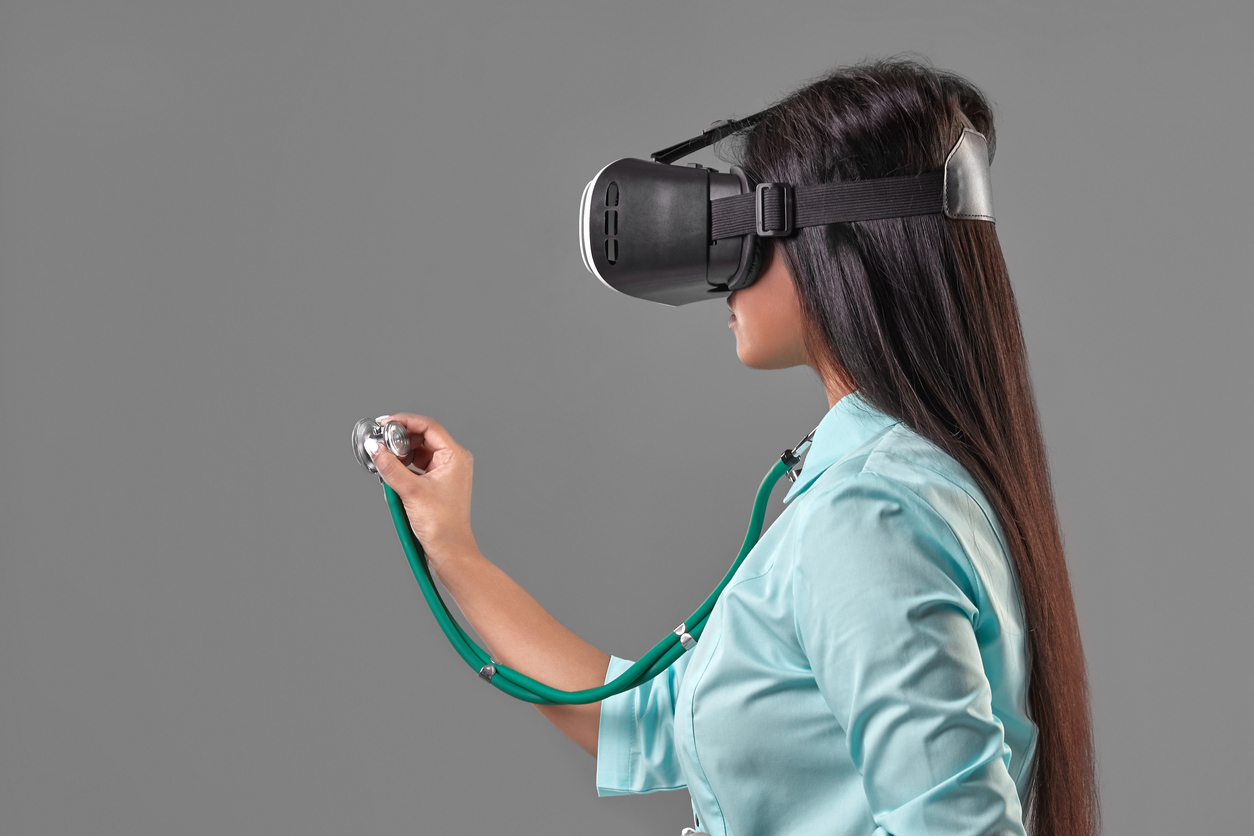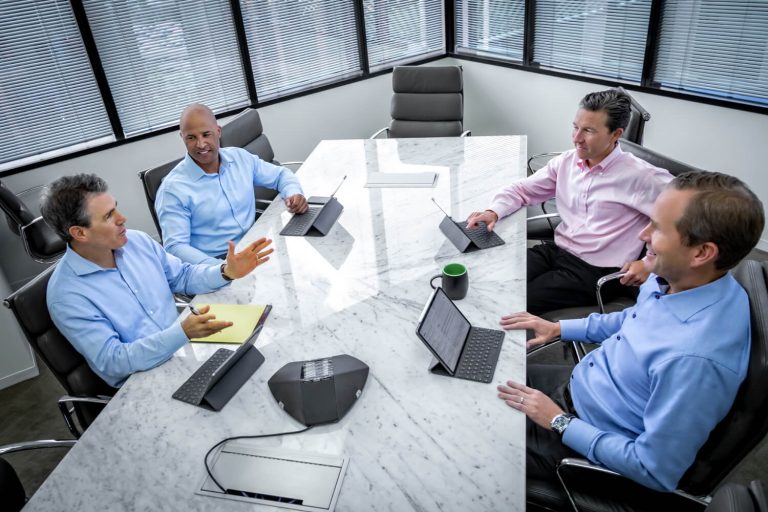
You’ve heard of virtual reality (VR) and augmented reality (AR), but may not be familiar with XR. Learn about XR technology and how it’s used across industries.
You’ve heard of virtual reality (VR) and augmented reality (AR), but you may not be familiar with XR. Let’s start by explaining what it is and then look at use cases that are being adopted.
What Is XR?
XR stands for extended reality. It’s a catch-all phrase that includes such technologies as augmented reality (AR), mixed reality (MR), and virtual reality (VR). This tech is being infused into software that can run on devices, including cell phones and tablets. Three key areas are rapidly gaining momentum.
- Training applications
- Sales applications
- Collaboration applications
The market for XR to create immersive environments is growing quickly. It’s already a $12 billion market and expected to grow to $72 billion by 2024.
How Augmented Reality Works
Augmented reality is one of the most popular uses today. While virtual reality creates a digital simulation, AR works by adding digital content into real-world environments. It might use a live camera feed, for example, or augment what you’re seeing with additional information. It’s being used in remarkable ways with significant results.
XR and Training Apps
XR apps have revolutionized training experiences in many industries. Companies are using it to model real-life situations to visualize case-specific applications. XR apps allow workers to train safely in situations that otherwise might be high-risk, such as practicing surgical operations, working with high-voltage switching, training pilots, or rehearsing military operations.
It’s also being used by retailers such as Walmart, which claims VR training boosted retention in associates by 10 to 15%. They even used XR training apps to simulate the in-store chaos of Black Friday.
Trainers report that XR training apps help people focus better on the task at hand. Many enjoy the gamification aspects built into the simulations.
XR and Sales Apps
Customers today are looking for a more immersive experience. When they’re at a physical store, they can touch and hold a product. Online, not so much. They’re looking to replicate that in-store experience when shopping online. They want to see how products look in their home before buying them or how they might look with personal care or fashion products.
XR sales apps and cell phone XR apps can enhance the experience by letting them better visualize how products fit their lifestyle. It can enhance sales. As much as 47% of consumers said they’re more likely to engage with products using immersive technology, especially if it can provide personalized recommendations. As high as 61% said they’re more likely to buy after using XR tools.
XR and Collaboration Apps
XR collaboration apps allow multiple people to work on projects at the same time. Using XR collaboration tools, conference calls or video calls can become significantly more productive. As multiple people can visualize situations in AR or VR, participants can work together toward a common goal or find solutions.
Workers could annotate the live video of remote workers or interact with shared 3D virtual objects. Such uses have been shown to improve performance and reduce mental effort.
Technology Solutions to Enhance Your Business
XR is just one of the ways businesses are enhancing the training, collaboration, and sales experiences for their employees and customers.
If you’re looking for technology solutions to improve your business, contact the technology experts at Laminar today.
Laminar specializes in creating streamlined technology that drives solutions for your business. We integrate tech with your business goals to automate operations and execute your vision.
Share this Article:



